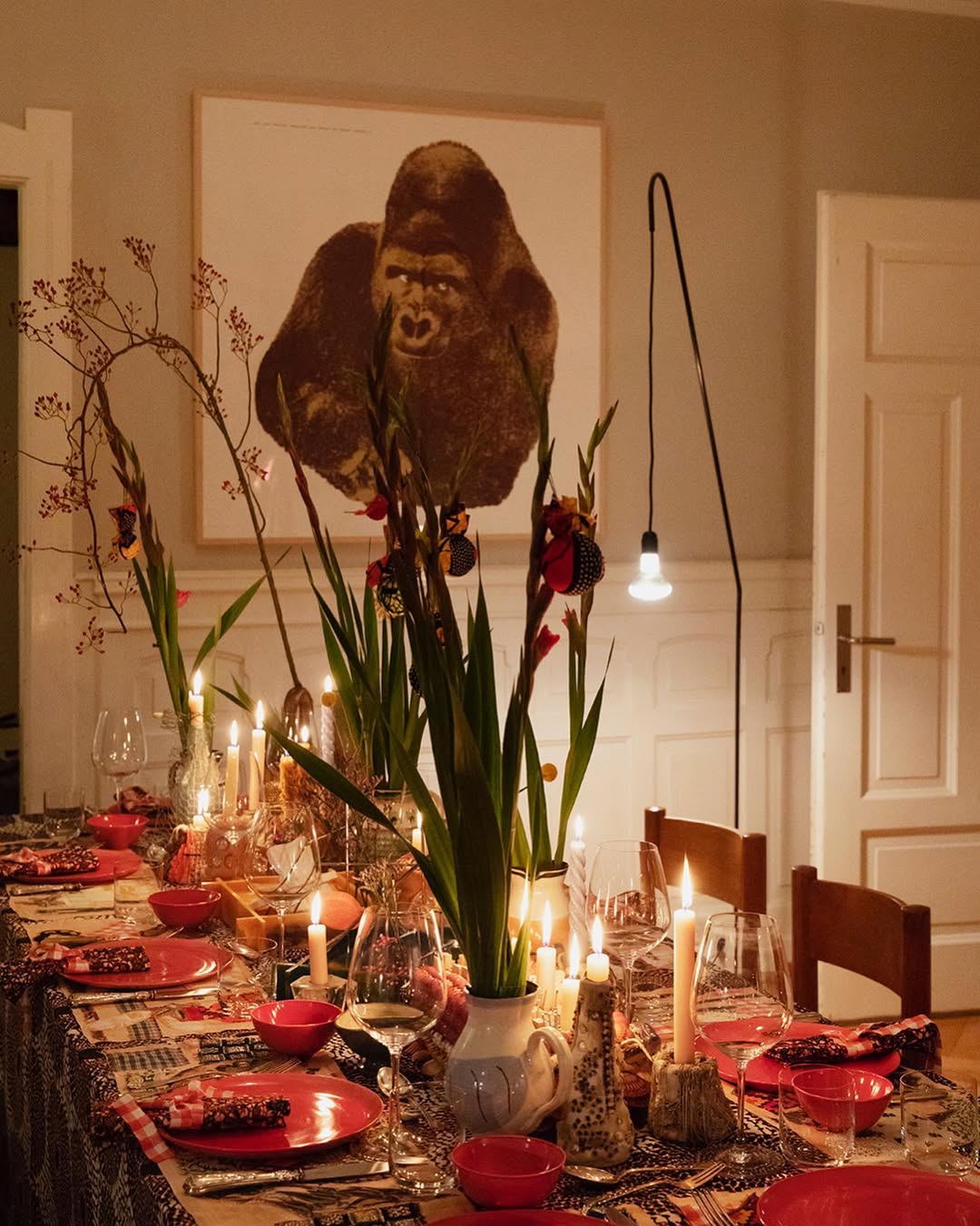Drama, Delivered

What Netflix Korea teaches us about performance culture in the boardroom
The scene is a hotel ballroom in Bangkok. Rows of red velvet chairs line up beneath a grid of soft ceiling lights, the air scented with a blend of citrus polish and backstage nerves. A pop-up banner reads “Creative Futures,” set beside a lacquered stand of bottled water, glossy brochures and glinting name badges. At the front of the room, a Korean executive waits, hands clasped behind his back, ready to deliver a three-minute presentation to the company’s Asia-Pacific ad sales team. He has rehearsed the lines. He has redesigned the slides. But there is one catch. His boss wants him to perform it like a scene from a drama.
This is not a sketch from a Netflix special. It is the very real, very present-world expectation of presentation culture inside the company’s Korean division. For teams based in Seoul, communication is not a mere transfer of information, nor even a style of persuasion. It is theatre. Polished, punchy, and emotionally attuned theatre, where performance is both medium and message.
Across Asia, Korean professionals are increasingly cast in lead roles within global firms, and few companies showcase this convergence more clearly than Netflix. It is a workplace with a strong culture of freedom and responsibility, one that encourages autonomy, speed, and creativity. But as the Korean market gains significance inside these structures, its professionals must adapt to a second script: one steeped in hierarchy, emotional cadence, and a kind of structured spontaneity that only appears effortless.
The tension is palpable. One strategist is tasked with preparing a brief market overview for an internal event. The setting is relaxed, the format conversational. But behind the scenes, the stakes are high. The Korean team has outperformed its peers across the region, generating higher revenue than Japan and Australia combined, despite operating in a smaller market. The expectation is to lead the narrative.
The director wanted something with more drama. Not in the negative sense, more like stage presence. Something memorable. This is where things get interesting. In many Western contexts, an internal market update would be stripped down, crisp and analytical. The kind of deck filled with line graphs, KPIs and a polite closing slide. But inside Korean corporate life, even within a firm like Netflix, the expectations are culturally coded.
Here, success is not just measured by content but by performance. Presentation is a language of intent. It is not enough to have a strong idea. One must embody it. This means animated delivery, interactive segments, confident pace. A passive tone is not interpreted as humility, but as lack of preparedness or commitment. A rigid format can feel cold, even robotic. Korean professionals are trained to read nuance, emotional alignment, and effort through energy, rhythm and tone. To perform well is not vanity. It is virtue.
The original approach to the talk followed a style more typical of global tech presentations: fact-forward, strategically restrained. The draft included a snapshot of Korea’s creative exports, smart TV penetration and rising digital ad spend. There were references to Squid Game, K-pop and Korea’s unique blend of traditional aesthetics with hyper-modern media. But the tone felt too scripted. The feedback was simple. It needed more life.
The presentation was reshaped into a conversation. Not merely by changing the words, but by shifting the rhythm. Rhetorical questions were woven in. The audience was invited to reflect. Moments of anecdotal charm were injected. The slides softened. Data remained, but the energy shifted. It became a talk, not a reading. The idea was to feel like speaking with the audience, not at them.
This subtle choreography, the transformation of a report into a moment, is not unique to this situation. It reflects a broader phenomenon playing out across Korea’s globalising professional class. As Korean teams integrate into global organisations, their internal cultural logics travel with them. Performance, in this context, is not performance for performance’s sake. It is a form of relational intelligence.
“Active attitude,” a term often used inside Korean offices, is one such expression. It encompasses more than energy. It suggests initiative, alignment, presence. A readiness to act, to shape outcomes, to lean into the moment. In meetings, it is expected that team members sit upright, take notes visibly, and signal listening with facial engagement. Lapses are noted. A strategist at a multinational based in Seoul once said, “I had to learn that it wasn’t enough to do good work quietly. You have to be seen doing it with intention.”
This expectation can create friction, particularly for professionals not raised in Korea’s educational or corporate systems. Global colleagues may interpret performative cues as superficial or forced, mistaking cultural fluency for showmanship. The reverse is also true. Korean managers may perceive quiet confidence as lack of preparation. At Netflix, where autonomy is prized and corporate hierarchy less formalised, the tension can feel especially sharp. The need to assert without appearing arrogant, to dramatise without diluting substance, requires skillful navigation.
But these tensions are not signs of failure. They are signals of cultural evolution. As remote teams grow and market influence shifts eastward, organisations must learn to accommodate multiple expressions of competence. Korea’s rise is not only economic. It is semiotic. The way Korean professionals speak, signal, perform and align is influencing the very architecture of global collaboration.
This is not limited to boardrooms. It echoes through product design, service rituals, and the aesthetics of ambition. A Korean founder presenting to investors in Singapore recently said, “We don’t just show traction. We show tenacity. We show the fight.” This mentality, sharpened by decades of hyper-competitive schooling and national reconstruction, has shaped a generation of professionals fluent in both high-context communication and global business frameworks.
In Bangkok, the final rehearsal takes place. The slides flicker through images of bustling subway stations, smartphone ads and TV drama stills. The speaker gestures with purpose, voice light yet precise. There is no overacting. No embellishment. But there is a deliberate cadence, a warmth behind the formality. It is the kind of performance that feels natural.
The realisation, in hindsight, was clear. It was not about being dramatic. It was about being alive.
The presentation is, by all accounts, a success. After the event, colleagues from Australia and Singapore ask for a copy of the slides. One manager compliments the clarity. Another notes the pacing. Korea was seen, not as a statistic, but as a sensibility.
And perhaps that is the real takeaway. In a world where communication is increasingly digital, asynchronous, and data-rich, the human element matters more than ever. Not just in what is said, but in how it is said. In how we hold the room. In how we invite others into a story.
In Korea, that story is not delivered with a monotone clickthrough. It is performed. With conviction. With care. With craft. And in that performance, there is insight not only into Korea, but into the future of work itself.


